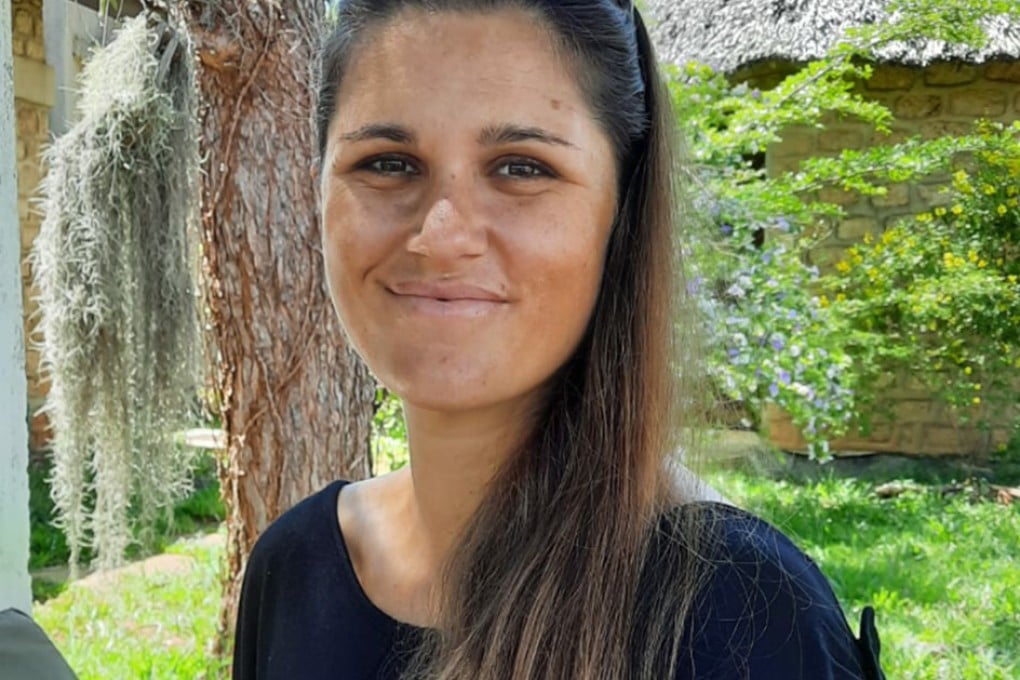Explainer | World Diabetes Day 2021: trillion-dollar-a-year disease whose most common form is preventable if you exercise, eat a healthy diet and avoid weight gain
- One in 10 adults has diabetes, mostly Type 2 that’s preventable if you eat a healthy diet, exercise, watch your weight and be alert to pre-diabetes symptoms
- Diabetes occurs when the body produces too little insulin, needed to process sugar. After scary symptoms, Monique Baronet learned she had Type 1 diabetes at 21

You probably know someone with this disease; you may even have it yourself: diabetes.
This remarkably, frighteningly common condition is a new kind of pandemic, affecting one in 10 adults worldwide. The International Diabetes Federation expects the number to rise 11 per cent by 2030.
Already it contributes hugely to global health costs: an estimated US$966 billion this year.
The US Centres for Disease Control describes diabetes as a chronic condition that affects how our bodies turn food into energy. What we consume is broken down into glucose (a simple sugar) and released into the bloodstream. The pancreas manages insulin, which regulates blood sugar levels.
If you have diabetes, this system is hijacked: either your body doesn’t make enough insulin or cannot use that insulin effectively.
